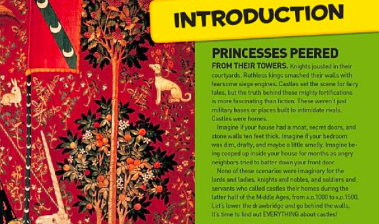 |
| Flickr Creative Commons Photo by TIm Hamilton |
PANCAKES
(Heaven must be a place where there are pancakes.)
Pancakes, pancakes, I love you.
Batter, butter, syrup, too.
Mix them up and pour them out,
use a ladle or a spout.
Pour them in a pan that’s hot,
cook them well, but not a lot.
Get them brown, don’t let them burn
Use a spatula to turn
them over when one side is brown.
Be careful and flip UP not down.
Stack them on a plate real high.
Look at them, let out a sigh.
Melt the butter, pour the maple
(don’t get any on the table!).
Get your napkin, tuck it in
(don’t get maple on your chin!)
Now your fork…get ready…GO!
Eat your pancakes, 10 in a row.
Oh my goodness, this won’t do –
I am full down to my shoes!
Let me rest for just a bit…
Okay, now 10 more will fit!
The bacon’s ready now, you say?
Life is good! I say, “HOORAY!”
©Mary Lee Hahn, 2014
Julie Larios has the Poetry Friday roundup this week at The Drift Record.
Next week, on the brink of Poetry Month 2014, the roundup will be here. I'm hoping you'll share a description of your PoMo14 project for a special roundup within the roundup.
Best wishes to the authletes who are participating in March Madness! Write on!



























